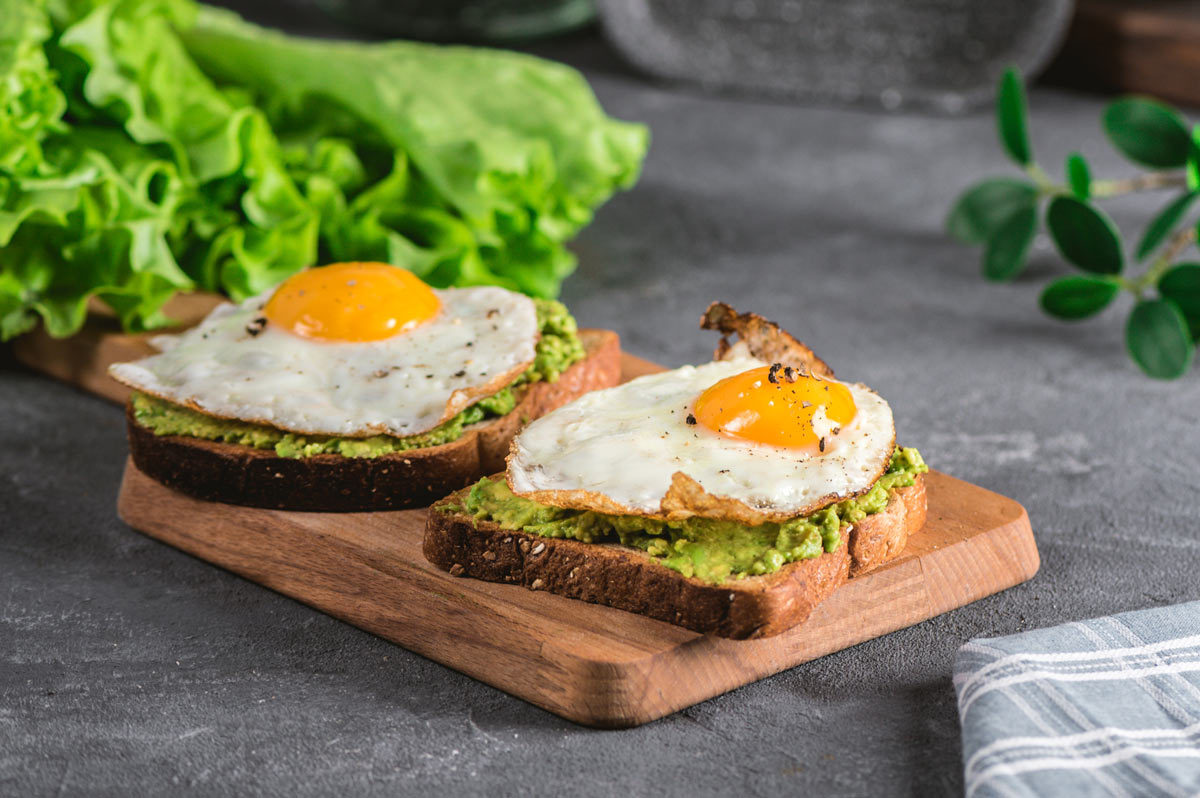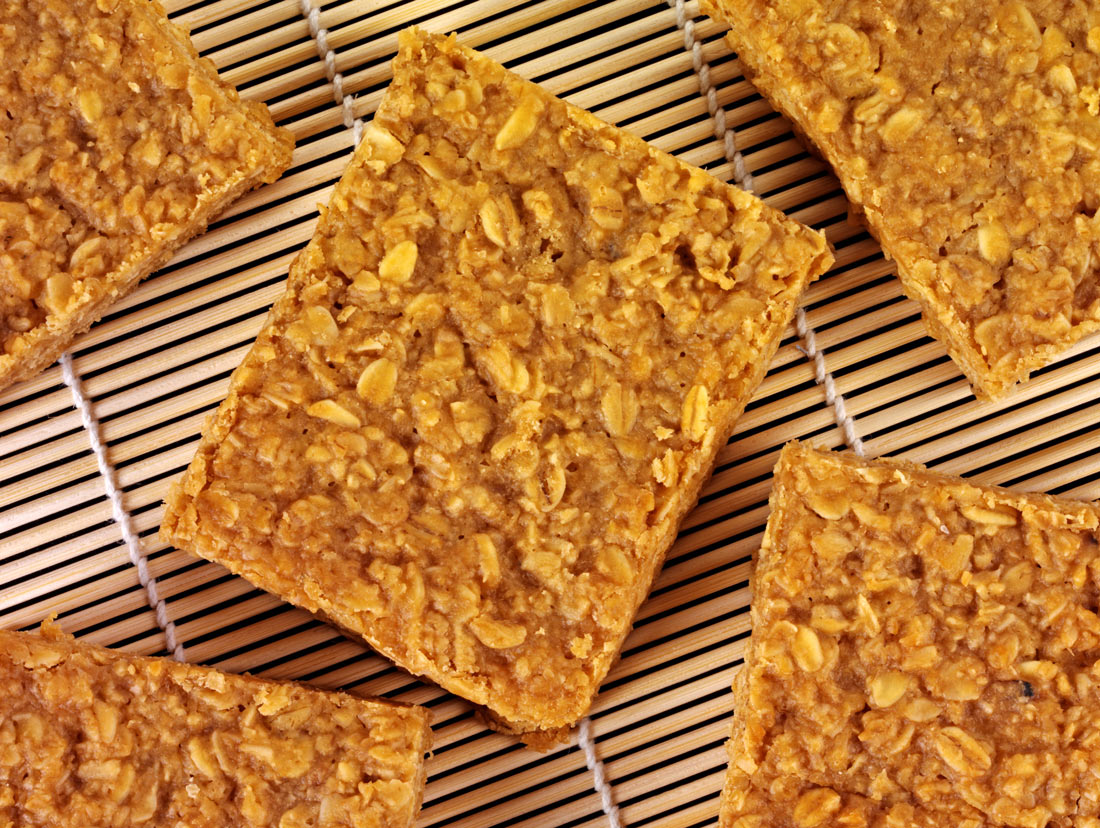The Ultimate Olive Oil-Fried Eggs Recipe, Spotlight on Eggs, Meditation, More than Stress Relief and Building Better Body Fat
Love fried eggs but never quite satisfied with how they cook up? Grab your extra virgin olive oil and get ready to be blown away! I’m also sharing tips for buying and storing eggs, plus ideas to exercise your mind and your body with far-reaching health benefits.
The Ultimate Olive Oil-Fried Eggs
 The Ultimate Olive Oil-Fried Eggs
The Ultimate Olive Oil-Fried EggsFrying eggs in olive oil is a Spanish tradition that dates back centuries. This simplest of techniques is having a modern moment in the US as chefs extol the delicious results. When raw egg meets hot olive oil it creates a perfectly browned latticework around the edges of the white while leaving the yolk with just the right amount of runny. The key is to heat the pan first and then the oil before adding the eggs. If you have a 10″ or wider skillet, you can double the recipe in the same pan. Enjoy as is or atop avocado toast or skillet potatoes.
Ingredients
- 2 tablespoons extra virgin olive oil
- 2 eggs
- Coarse salt and freshly ground black pepper to taste
Directions
Step 1
Heat a frying pan or skillet until very hot. Add the olive oil. Once the oil starts to shimmer, add the eggs, one at a time—you can crack them right into the pan or from a dish into the pan.
Step 2
Cook the eggs for two minutes until the whites turn opaque and develop crisp, brown edges; the yolks will still be runny. If you want firmer yolks, wait another 30 seconds before taking the pan off the heat. Use an offset spatula to transfer the eggs to plates and sprinkle with salt and pepper to taste.
Yields 1-2 servings

Healthy Ingredient Spotlight
What’s really inside the egg carton
Ever wonder what the difference is between egg sizes? Starting with the small size, the eggs become larger in just 1/4-ounce increments. That doesn’t sound like a lot, until you consider the leap from the small size at 1-1/2 ounces to jumbo at 2-1/2 ounces. If you need four extra-large eggs (2-1/4 ounces each) for a recipe, for instance, and only have large eggs (2 ounces each) in the fridge, you’ll need five to equal the right amount. For the record, a medium egg is 1-3/4 ounces.
Yolk color depends on the hens’ feed. Yolks are vibrant yellow-orange when hens are free to roam and eat pasture vegetation. Yolks are light yellow when they feed on meal in confined conditions—note that “cage-free” barns can be as cramped as traditional cages if the hens are packed in, according to Foodprint.org.
Eggshell colors can be pastel-pretty, from brown to blue and green, but color tells you only the type of hen that laid them, not anything about quality or nutrients. When looking at egg carton labeling, Foodprint.org also warns that many terms such as natural, humane, and pasture-raised “have no legal definition or are not verified by a third-party inspector.” Instead, the site suggests looking for terms that have been independently certified, such as Animal Welfare Approved, USDA Organic, and Certified Humane. If you’re lucky enough to live near a farm or farmer’s market that sells fresh eggs, make friends with the purveyor and find out how their hens are raised.

Healthy Kitchen Nugget
Egg freshness
Since eggshells easily absorb odors, keep eggs in their original cartons and always keep them refrigerated. If a recipe calls for eggs to be at room temperature, take out only what you’ll use, not the entire carton. Refrigerated eggs will stay fresh for more than a month. The tried-and-true test of freshness is to fill a cup or bowl with water and add one egg at a time. The egg is still fresh if it sinks, but if it’s a floater, the rule is to toss it immediately. However, according to the Food Network, some eggs can float and still be safe, but if you crack an egg in a bowl and it smells bad or the white has an odd pink color or tints the water a fluorescent green, it’s a no-go.
If a recipe calls for yolks only, save those whites—they’re a great addition to scrambled or even fried eggs. Or you can freeze them either in an ice cube tray or freezer-safe container—mark it so you’ll know how many whites are inside the next time you want to whip up a meringue!

For Your Best Health
Meditation: More than stress relief
According to a comprehensive review of many types of studies on meditation published in December 2021 in Frontiers in Public Health, quieting stress is just one of the practice’s many benefits. Meditating boosts physical and psychological well-being, vitality, and quality of life by easing symptoms of chronic pain, cancer, and other conditions, including anxiety and depression. Some of the studies the researchers examined found that meditation can lower blood pressure, boost immune function, and even increase capacity for compassion and empathy.
Because the studies they reviewed involved many age groups, including youngsters and teens, the researchers concluded that meditation techniques can be of help to a wide range of people—from children to seniors, pregnant women, health professionals, and caregivers as well as anyone with a chronic disease. Want to try it for yourself? Sites like mindful.org and the Calm app can get you started.

Fitness Flash
Building better body fat
New research published in The Journals of Gerontology shows that there’s another important reason to exercise. Our health is influenced not only by the amount of fat we carry, but also by how well that fat functions. Turns out you can improve the quality of your body fat.
Anders Gudiksen, PhD, assistant professor in the department of biology at the University of Copenhagen, and a group of colleagues looked at the role of age and physical training in terms of maintaining fat tissue function. Specifically, they studied the mitochondria, the tiny power plants within fat cells that convert calories from food to energy that feeds cells. To maintain the life processes within cells, the mitochondria need to function well. They also produce waste in the form of oxygen free radicals. If the body can’t rid itself of those free radicals, they can damage cells, speed aging, and cause diseases like cancer, diabetes, cardiovascular disease, and Alzheimer’s.
By studying the way mitochondria performed across a range of young and older untrained, moderately trained, and highly exercise-trained men, the researchers were able to show that, while mitochondrial function does decrease with age, a high level of lifelong exercise helps compensate for that natural aging. In fact, the fat cells in participants who were well-trained older men were twice as productive as those in untrained older men—their mitochondria were better at managing waste produced in fat cells, which resulted in less free radical damage.
Get More Recipes In Your Inbox!


